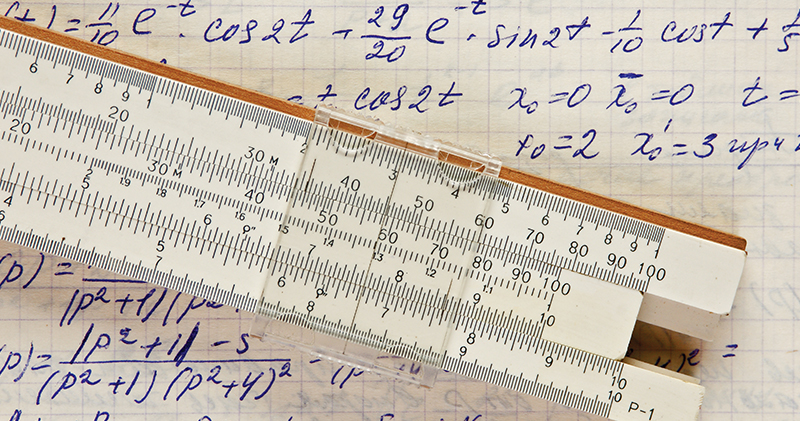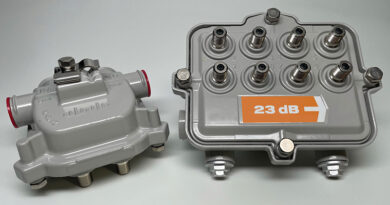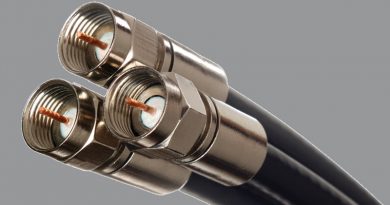Mathematics of Cable: A New Resource
By Ron Hranac
Mathematics are the foundation of nearly everything we do in the world of cable technology. That math ranges from determining a passive device’s insertion loss by simple subtraction of output signal levels from input signal levels, to calculation of end-of-line carrier-to-noise and carrier-to-distortion ratios. Want to convert signal leakage field strength in microvolts per meter to signal level in dBmV at the terminals of a half-wave dipole antenna? There’s a formula for that. Bit error ratio and receive modulation error ratio? There are formulas for those. Calculate the length of an echo tunnel from an upstream adaptive pre-equalization graph? That’s covered, too. Indeed, there seems to be a formula or equation for just about anything cable related.
Some of the cable industry’s commonly used formulas have appeared in those handy pocket technical guides that were published by various equipment vendors over the years. Others are in books such as Modern Cable Television Technology, 2nd Ed., and non-cable publications such as Engineering Considerations for Microwave Communications Systems and the ARRL Handbook for Radio Communications. Still others can be found in various versions of the DOCSIS Physical Layer Specifications. Dig through some of my articles in past issues of Broadband Library, and you’ll find formulas.
When trying to work through a cable math problem, one issue that occasionally crops up is sorting out where to track down a helpful formula. Here’s an example: My home office has four oak bookcases full of engineering books, cable industry magazines, and old catalogs and app notes; my computer has electronic copies of technical papers, presentations, and other documents. Sometimes I have to dig through several references before finding what I’m looking for. There’s Google, of course, but cable-specific information isn’t always available online. Wouldn’t it be nice if there were a collection of formulas of interest to the cable industry, all in one place?
Well, now there is. SCTE’s Network Operations Subcommittee Working Group 1 (NOS WG1), chaired by yours truly, spent several months putting together an operational practice that covers the math of cable, and more. A lot more. That document is “SCTE 270 2021 Mathematics of Cable,” and is available for download from the Society’s standards page (https://www.scte.org/standards-development/library/standards-catalog/).
Scroll down to the bottom of the web page to find the math operational practice.
When the members of NOS WG1 submitted a project authorization request seeking approval to create a cable mathematics operational practice, the thinking was that the final document would be perhaps 50 pages, maybe upwards of 100 pages at most, of formulas and examples of their use. Not even close.
As we started work on the draft math operational practice, NCTA’s Andy Scott commented that the challenge would be figuring out “when to put the pencil down.” He was right. When we finally did put the pencil down, the document came in at a staggering 425 pages. The table of contents alone is 12 pages.
SCTE 270 2021’s Executive Summary says, in part, “This Operational Practice contains an assortment of cable-related mathematical formulas covering a broad range of topics. Most formulas are accompanied by a summary of the formula and its application, and one or more examples utilizing the formula.” The operational practice goes beyond that, and includes a multi-section appendix that does a deep dive into some of the topics covered in the main body of the document.
Figure 1 shows an example of the format used throughout the main part of the operational practice, in which a formula (or formulas) is provided, along with an example of how to use the formula (or formulas). The following is a list of the major sections in the operational practice, and most of these have several subsections.
- Scientific Notation and Engineering Notation
- Frequency, Wavelength, and Period
- Time Domain and Frequency Domain
- Conversion Factors for Sinusoidal AC Voltage and Current
- Common Decibel-Based Calculations
- Noise Factor, Noise Figure, and Noise Temperature
- Thermal Noise in a 75 Ω Network
- Carrier-to-Noise Ratio
- Carrier-to-Distortion Ratio
- Hum Modulation
- Antennas
- Calculate Power Density
- Signal Leakage Formulas
- Coaxial Cable
- Characterizing Impedance Mismatches: Reflection Coefficient, Reflection Loss, Standing Wave Ratio, and Return Loss
- Scattering Parameters
- Satellite Communications Formulas
- Terrestrial Microwave Communications Formulas
- Fiber Optics
- Ohm’s Law
- Power in Direct Current Circuits
- Power in Alternating Current Circuits
- Data Communications
- Reference Equations
- Miscellaneous Formulas
- Appendix
I anticipate that SCTE 270 2021 will be a handy reference for many, and will also be useful in industry training programs. Download a copy, and add it to your technical reference library. As you peruse the document, let SCTE know if you spot any typos or other errors. Also, if you have suggestions for other cable-related formulas and examples that could be considered for inclusion in a future version of the operational practice, likewise let SCTE know.
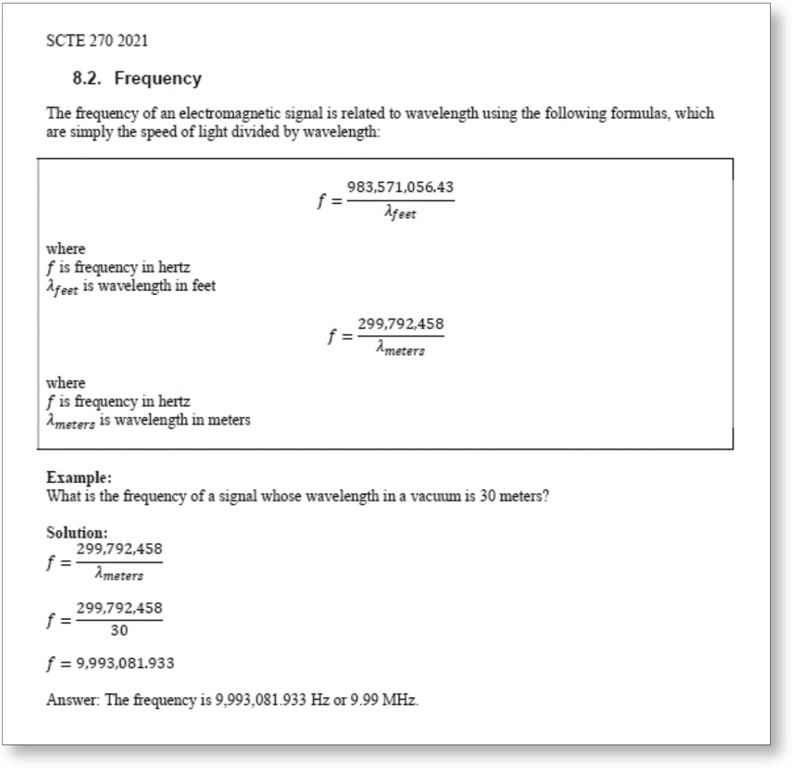
Figure 1. Excerpt from SCTE 270 2021, showing an example of the format used in the main part of the operational practice.
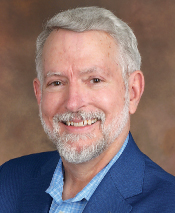 Ron Hranac
Ron Hranac
Technical Editor,
Broadband Library
rhranac@aol.com
Ron Hranac, a 48 year veteran of the cable industry, has worked on the operator and vendor side during his career. A Fellow Member of SCTE and co-founder and Associate Board Member of the organization’s Rocky Mountain Chapter, Ron was inducted into the Society’s Hall of Fame in 2010, is a co-recipient of the Chairman’s Award, an SCTE Member of the Year, and is a member of the Cable TV Pioneers Class of ’97. He received the Society’s Excellence in Standards award at Cable-Tec Expo 2016. He was recipient of the European Society for Broadband Professionals’ 2016 Tom Hall award for Outstanding Services to Broadband Engineering, and was named winner of the 2017 David Hall Award for Best Presentation. He has published hundreds of articles and papers, and has been a speaker at numerous international, national, regional, and local conferences and seminars.

